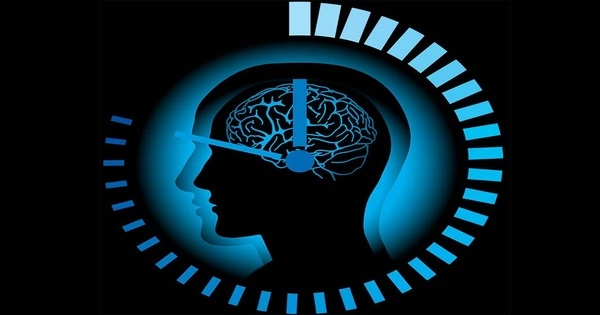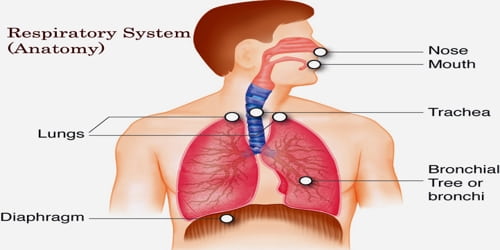Chronobiology is a branch of biology that studies time processes in living organisms, including periodic (cycle) phenomena such as adaptation to solar and lunar rhythms. It is the branch of science that investigates biological rhythms and their effects on living beings. These cycles are referred to as biological rhythms. These rhythms might be daily, such as the circadian rhythms, which follow a 24-hour cycle, or they can be seasonal or lunar in nature.
Chronobiology is derived from the ancient Greek o (chrónos, which means “time”) and biology, which is the study or science of life. In some circumstances, the terms chronomics and chronome have been used interchangeably to characterize either the molecular mechanisms involved in chronobiological events or the more quantitative components of chronobiology, particularly when comparing cycles between organisms.
Chronobiological studies include, but are not limited to, comparative anatomy, physiology, genetics, molecular biology, and organism behavior as it relate to biological rhythms. Epigenetics, development, reproduction, ecology, and evolution are also important considerations.
Some key concepts and areas of study within chronobiology include:
- Circadian Rhythms: The most well-known biological rhythms are circadian rhythms, which are important for regulating numerous physiological and behavioral processes in animals throughout a 24-hour period. These processes include sleep-wake cycles, changes in body temperature, hormone production, and others.
- Biological Clocks: Internal “biological clocks” in organisms help regulate their circadian rhythms. These clocks are located throughout the body and are synchronized with environmental cues such as light and temperature to ensure optimal timing.
- Entrainment: The process of matching an organism’s internal biological rhythms with external environmental stimuli, usually light-dark cycles, is referred to as entrainment. Light, for example, can reset a person’s circadian clock.
- Ultradian and Infradian Rhythms: Aside from circadian rhythms, organisms have ultradian rhythms (cycles that are shorter than 24 hours) and infradian rhythms (cycles that are longer than 24 hours). Ultradian rhythms include patterns of feeding, breathing, and heartbeat, whereas infradian rhythms include menstrual cycles in humans.
- Seasonal Rhythms: Seasonal rhythms are biological patterns that change with the seasons. They have the potential to influence behavior, reproduction, hibernation, and other elements of an organism’s life.
Chronobiology has applications in a variety of sectors, including health, agriculture, and ecology. Understanding how biological cycles influence health, behavior, and performance has led to studies and innovations in chronotherapy, the time of drug administration for maximum efficacy, and concerns for shift work, jet lag, and sleep disorders. Overall, the study of chronobiology helps us better understand the intricate timing systems that drive life on Earth.
















